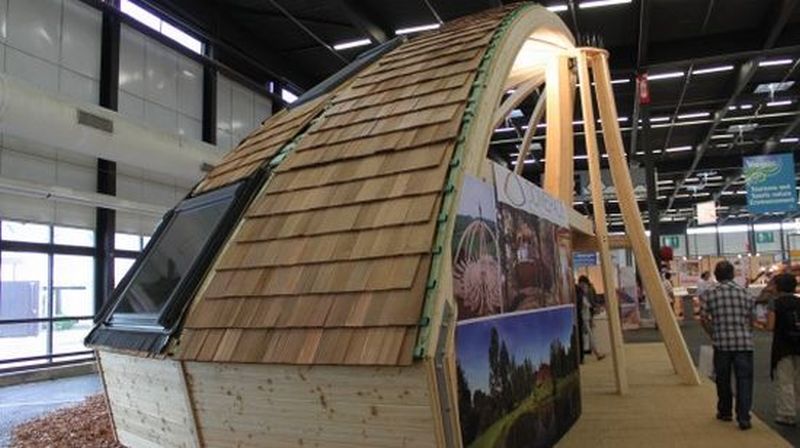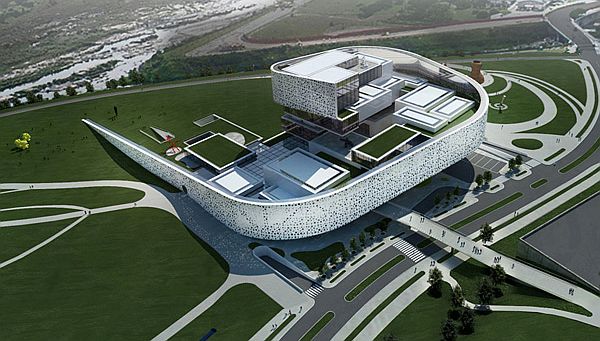
Urban Ecopoesis is a thesis prepared by desginer-cum-architect Koh Hau Yeow with a special focus on enhancing the biodiversity in Singapore. Since the traditional built environment in Singapore is designed to cater to man’s needs and to satisfy his aesthetics, there is an immence need to divert focus to the ecology and nature. The traditional structures, in reality, have displaced the natural environment, and the balance between nature and human beings is distorted. Koh Hau Yeow explores different ways in which architecture and built environment can be used to regenerate the natural environment without failing to fulfill daily human activities.
Urban Ecopoesis Presents a Paradign Shift
Koh Hau Yeow emphatically says that the need of the hour is a paradigm shift in the view of the world from an anthropocentric angle to an ecological one. This is pointed as the only way out to improve the biodiversity in Singapore. Architecture should serve as the key agent that harmonizes nature and ecology with the built environment. Architecture should be nature- and eco-oriented by making bio-remediation urban infrastructure a focal ingredient of all the built environment structures.
The architect suggests the introduction of an ecological program in Urban Ecopoesis in the form of a Greenschool. The carriculam in this Green School should be formulated revolving around outdoor environmental education. A visible connection between two forest patches should be established to make the theme of the study more obvious. This kind of education will inculcate natural awareness regarding the inevitable link between public and biodiversity. The natural environment, consisting of forests, gardens, and wetlands among existing dense urban housing landscape, will serve as the living educational infrastructure of the Green school. Urban Ecopoesis also presents an investigation into creating a wetland landscape framework and renovation of industrial shipyard into public entertainment areas.
In order to achieve a harmonious marriage between architecture and the built environment, design of ecological networks should be sketched out right from the master plan. This kind of careful design planning of eco networks should be extended to the programming of closed-loop bio systems and even into detailed habitat design. The regenaration of biodiversity in urban environment will lead to the resurrection of harmony between the “heart-ware” and “hardware” elements. The former denotes the natural way in which a loving and caring feeling towards environment and responsibility towards ecology will be inculcated in the minds of human beings. The latter denotes the link between fragmented landscapes with close-loop living machine technology. A marriage between these two factors are essential to create an alternative co-species development.
At this juncture, Koh Hau Yeow opens up a debate regarding how to differentiate natural vs artificial, and destructive vs regenerative development. Urban Ecopoesis also investigates the possibility of exploring an alternative form of architecture that is capable of making holistic living environments. By holistic living environments, he means, the one which is less man-centered and the one that offers a befitting ecological setting for all living species.
In a nutshell, the thesis tries to recreate experiential environments that are carefully designed to offer a well-balanced platform for ecology, science, art, landscape, culture, commerce and entertainment. This kind of a holistic urban environment will prove to be regenerative and self-sustaining for all the living creatures.
Via: Koh Hau Yeow




